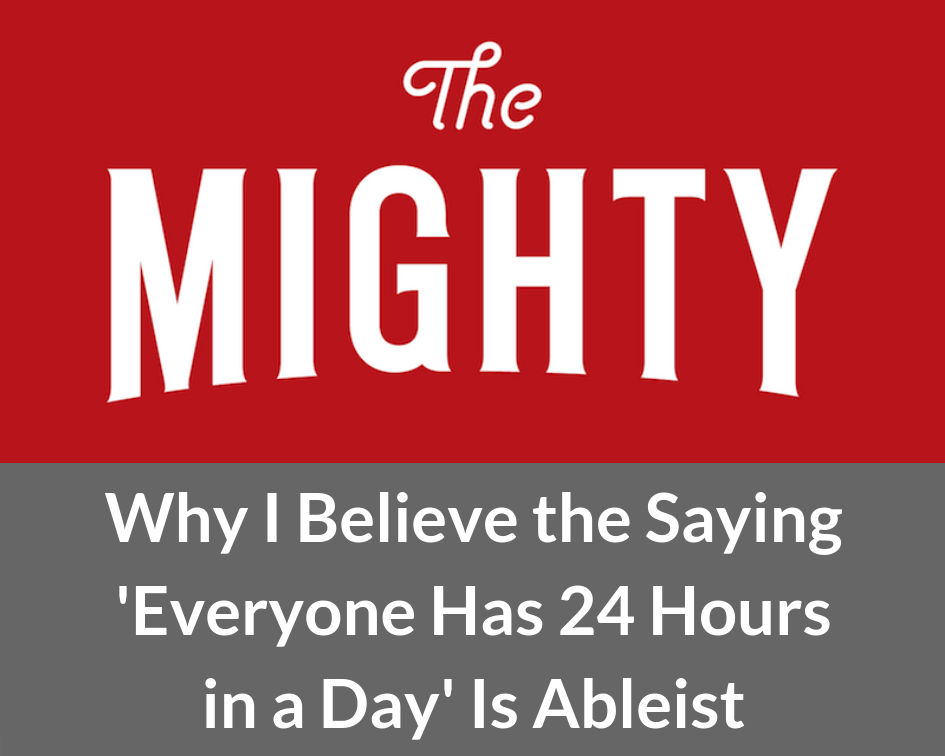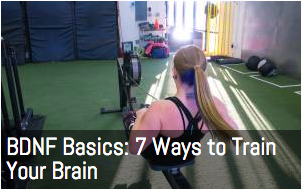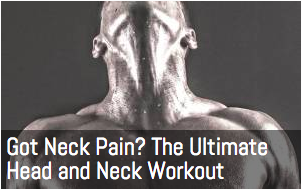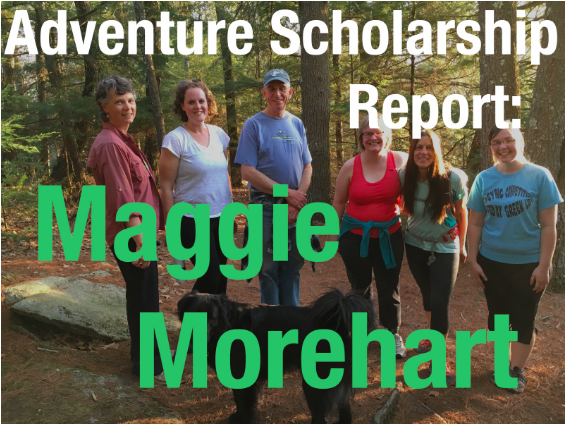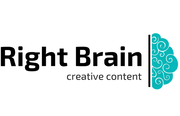0 Comments
For beginners or readers with chronic illness or pain, some of the exercises in this book may seem intimidating. I would certainly recommend beginning with some of the breathing and meditation exercises that Dr. Zazulak suggests, regardless of your fitness level. For those who have a solid base of core stability, the more advanced exercises like those incorporating medicine balls and plyometrics may be the challenge you’re looking for. You’ll also find some useful nuggets of information that may even surprise you if you’re a personal trainer or fitness junkie, like the link between the core and the jaw. The following is an exclusive excerpt from Master Your Core. To learn more or order your own copy, click here. Jaw-Dropping LinkRepublished from Master Your Core by Dr. Bohdanna Zazulak with permission of TCK Publishing. The connection between your core floor and your jaw begins in the third week of embryonic development, when they are joined by your spine. From this time on, the jaw and pelvis are strongly linked in mind-body-spirit, as tensions in the two areas very often mirror each other. The pelvic floor is integrally linked with your entire being, which includes your emotions and nervous system.
Women in particular tend to internalize emotions more often, which manifests as muscle tension in an unrelaxed core floor. When muscles tense, they constrict the nerves that send electrical signals between your muscles and your brain, causing spasms, weakness, and/or pain. Muscle tension also compromises blood flow, which deprives your muscles of the vital oxygen and nutrients they need to function optimally.
Most people do not even realize that they cruise through much of their day “riding their clutch,” with the core floor engaged all the time. When new drivers learn how to shift gears, it takes practice to get the hang of fully disengaging and re-engaging the clutch. This causes mechanical problems in a car, just as having a constantly engaged core floor does in your body. If you never truly disengage your core floor, you may experience tightness, decreased range of motion, and even pain. Awareness and mindful relaxation of tense muscles is the key to good nerve transmission and blood circulation, which is necessary for a healthy core floor. Again, this takes practice! To practice relaxation of your core floor, scan your body for areas of tension and gently release, as you practice your mindful deep breathing. Gently place your tongue behind your front teeth to relax your jaw and think of something that makes you happy and grateful. Fully relax your pelvic floor with each inhalation. If you tense up your pelvic floor muscles, you’ll notice that your jaw will also tighten up. Relax one, and the other will follow. Visualization helps relax the floor, so think of a peaceful place such as a mountain, forest, or beach. Imagine what you would see, hear, feel, smell, and taste, and let your floor go. Reconnect with your pelvic floor to stop driving through life riding your clutch, and cruise your way to a relaxed and balanced core, mind, and life. In June, I had my second surgery for endometriosis. Afterwards, my doctor recommended I consider taking an at-home food sensitivity test to see if diet changes could help reduce some of my inflammation and symptoms. I ordered the Everlywell food sensitivity test, which measures your immune system’s IgG antibody reactivity to 96 common foods. While the test doesn’t determine food allergies, lactose intolerance or celiac disease, it does identify foods with a higher-than-normal reactivity level that could be good candidates for an elimination diet. When I finally found the courage to open the box and read the instructions, the next obstacle was the mental hurdle of poking myself and collecting enough blood for the sample. Of course, the whole process is actually quite simple if you can avoid the mental anguish I put myself through. After I filled the sample card with droplets of blood, it was ready to send off in a little biohazard bag to the lab. Three days later, I received an email with my test results. What I Learned from my Food Sensitivity TestDespite all the stress this process caused me, I couldn’t be more glad that I bit the bullet and took the test. To my great relief, I scored fairly low on sensitivity to all dairy products. And I was surprised to learn that I didn’t show a high reactivity to any of the foods that were tested. In addition to a printable PDF that can be given to your doctor or added to your medical documents, Everlywell provides an easy-to-navigate online breakdown of the foods identified as high, moderate and mild reactivity on a scale of 0-255. The description of each food even includes a list of hidden sources that you may not be aware of and potential substitutes for a modified diet. For example, my test results showed a mild sensitivity to almonds; Everlywell suggests pumpkin seeds as a substitute and warns me about gluten-free products, which often contain almond flour.
Everlywell offers a variety of at-home tests for everything from food sensitivity and metabolism to fertility, allergy and even Lyme disease tests. Learn more and get 15% off any test at https://refer.everlywell.com/s/morehartm.
Q: How did you begin your journey as an artist?
A: My curiosity with art began in my early childhood. I was constantly creating - painting, drawing, and crafting for hours in my bedroom. When I reached high school, I was accepted into Etobicoke School of the Arts. It was there I received my formal training in the arts, and I'd say my journey really began there.
Q: How has your art evolved? Has your science background had an impact on your art?
A: My art was originally centered around creating colourful pieces with the intention of adding beauty to a space. I worked mainly in acrylics (sometimes oil) that focused on nature and nude figure studies. Over the years my chronic illness unfortunately progressed (I live with a disease known as myalgic encephalomyelitis, ME/CFS for short). In response, I had to adapt to different mediums because of my physical limitations. Collage, photography, makeup art, and sculpture are less labour intensive, and therefore more accessible. What evolved most in my art is the intention behind my work. I still want to create art that is beautiful, but most importantly, I want to use it as a tool for storytelling and raising awareness (for ME/CFS).
I think in not so direct but very profound ways, my science background has impacted my art. The experiences I draw from when creating, are about navigating life in a chronically ill body. For over a decade I was very sick but managed to obtain a BSc in Nutrition and Nutraceutical Sciences and nearly finish an ND degree (naturopathic medical degree). When my illness progressed, there was an overwhelming grief I had to confront when I had to leave the ND program.
My pursuits in nutrition and medicine revealed an undeniable gap. The knowledge and understanding of human physiology and biochemistry in relation to ME/CFS were nowhere to be found. Those answers are not even known by world renowned scientists studying ME/CFS, and somehow I naively believed I could heal myself if I just ate the right foods, took the right supplements, did the right yoga poses, cited the right mantras, etc. It was a painful realization, to know that I had bankrupted my health further in the desperate pursuit of answers to heal/manage my ME/CFS. In this way, my science background indirectly influences my art because my work often touches on a deep grief, heart crushing disappointment, anger, and desperation.
Q: Has the pandemic had an impact on your work, and if so, how?
A: I think the pandemic has definitely impacted my work. It amplifies experiences that were already there to begin with, as someone living with a very marginalized chronic illness. Feelings like grief, isolation, uncertainty of the future, yearning for the way things once were, fear of others (their judgements and ableist comments pre-pandemic; now it's them giving me COVID plus their judgements and ableist comments). These themes have been really central to my work over the past year, and the pandemic has undoubtedly influenced that.
Q: You've worked with a wide variety of media - collage, sculpture, painting, makeup, etc. - what's your favorite medium?
Q: I'm fascinated by your Broken Body/Enduring Spirit sculpture series. You make a powerful statement about learning to connect with your body that also challenges our cultural ideals of productivity. Can you tell me about your inspiration for these sculptures and the process of creating them?
Q: As someone with multiple chronic illnesses, I find much of your work very relatable. Have you found that your art creates a bridge between people living with chronic illness? Any fun stories of how you've connected with others through your art?
A: I'm happy to hear, it means we're not alone in this experience. The only thing worse than going through a difficult time, is feeling like you're the only one going through it. Art definitely creates bridges between those living with chronic illness just for this reason. I know for me, sometimes I haven't fully digested the layers of what I'm going through. If I see a post that really resonates, whether it be writing or art, Im like "ah ha, that's it!" It helps you figure out the root of a feeling you haven't been able to articulate yet. There's healing there too, because it's validation for something you're going through. Validation is so important for those living with ME/CFS, because many of us carry medical trauma from disbelieving physicians, friends, and family members.
My most recent fun connection that I had was from a puzzle makeup look I created for #MillionsMissing this year (#MillionMissing is the annual global protest for myalgic encephalomyelitis). The makeup art was inspired by the book The Puzzle Solver, that tells the story of Ron Davis (director of Stanfords Genome Technology Center) and his family's ongoing battle with their son Whitney Dafoe's severe ME/CFS. I shared it on Twitter, and it reached Tracie White (the author), Janet Dafoe (Whitney's mom) and Whitney. To connect with them on Twitter was a really special moment, because it was a confirmation that my art can have an impact that reaches far beyond the tiny world of my bed.
Q: What's your ultimate goal in sharing your ME/CFS story with others?
A: My ultimate goal is to be seen. I want others to know what it is that I am going through, and the challenges those with ME/CFS face. Our community continues to go through so much, and we need healthy allies and compassion more now than ever. Another goal to sharing my story is to bring healing, comfort, and a sense of community to our experiences. I want to normalize and create discussion around the difficult and challenging struggles we face, both within our bodies, and with the outside world because of them. With cases of long haulers on the rise, there will be some who do not recover, and will go on to develop ME/CFS. Building a stronger unity between each other now will contribute to a stronger foundation for all of our advocacy efforts down the road.
Learn more about Christina's artwork and advocacy - and find out how you can purchase her work - at wordsasmedicine.com.
Businesses, schools and public places across the country continue to reopen, and for many of us, it’s refreshing to reconnect with the world after more than a year of social distancing. But it’s also important to recognize the lessons we’ve learned from COVID – things like our need for rest and the healing power of creative self-expression. As I prepare for my upcoming conference presentation Visual / Virtual / Viral: Communicating Disease and Disability Experience Through Art in the Digital Age, I’ve stumbled upon some fantastic opportunities to explore art and its connection to our health and the healing process. Many of these resources are accessible from the comfort of home, making them perfect for those who are still housebound or looking for fun, educational staycation activities this summer. Check them out below!
Jordan Schnitzer Museum of Art, Washington State University 5. Indisposable: Structures of Support After the ADAThe Ford Foundation Center for Social Justice
|
My name is Maggie Morehart, and I'm the creator of Incurable. Learn more.
Categories
All
More Places to Find Me |


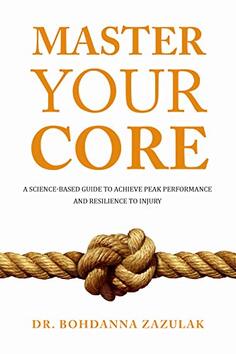
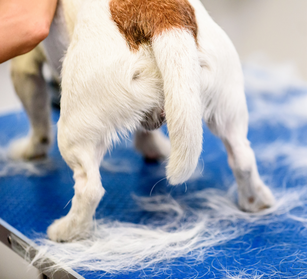



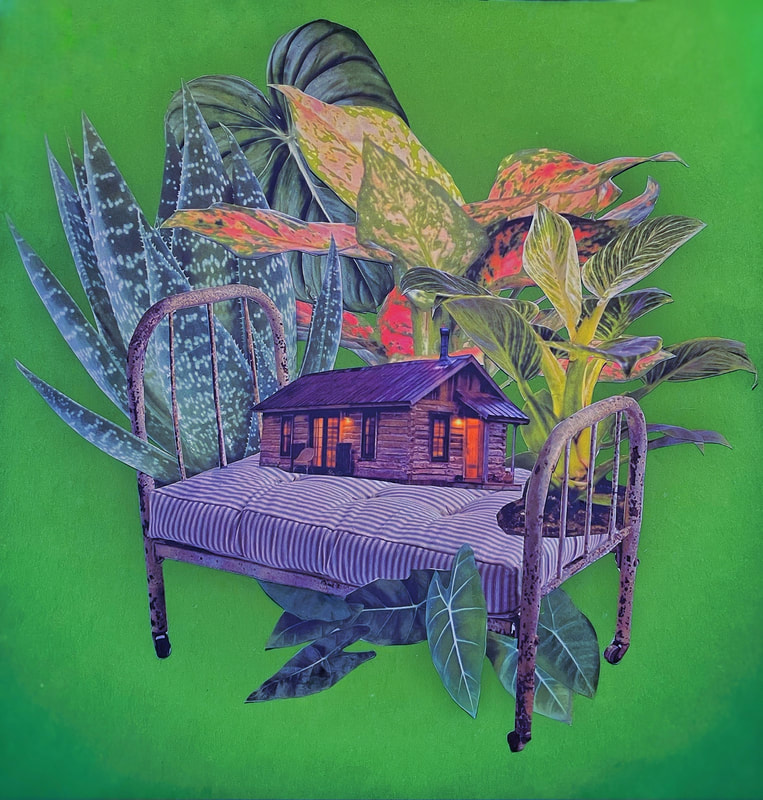
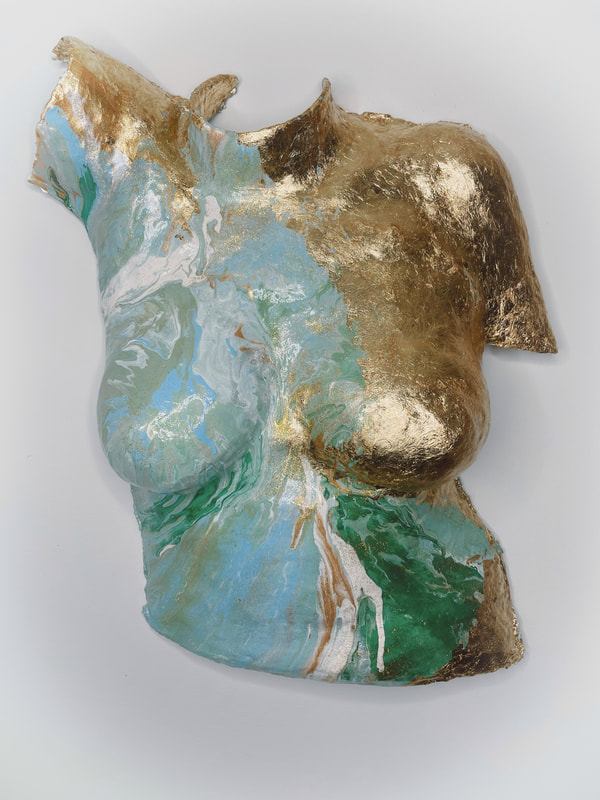
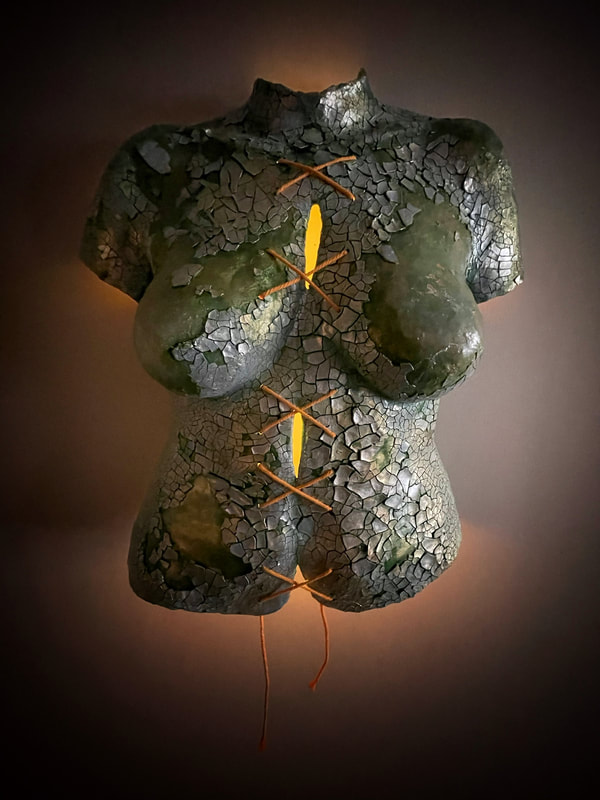
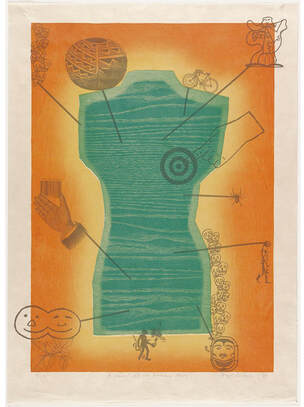

 RSS Feed
RSS Feed
